Locomotives and rolling stock: There are a variety of reasons that dictate railroad equipment is better off being transported by truck rather than train.
Locomotives and rolling stock may not meet current railroad interchange standards, which includes being too old, and trucks or couplers that have been deemed unfit. They could be damaged beyond being made serviceable in the field or upon inspection, or deemed just not capable of safe train travel. Then, of course, there could just be no tracks to the final destination.
Driving on a Southern California freeway one day in the ’70s, I spotted something ahead of me that was truly out of place; I was sharing the road with a wooden Colorado & Southern cupola caboose! It was apparently moved in train from the Midwest to East Los Angeles, and then loaded onto a truck to its final destination. When the truck left the freeway and the driver pulled over for a moment to check his load, I shot this photo. Unfortunately, I forgot what the final destination was.
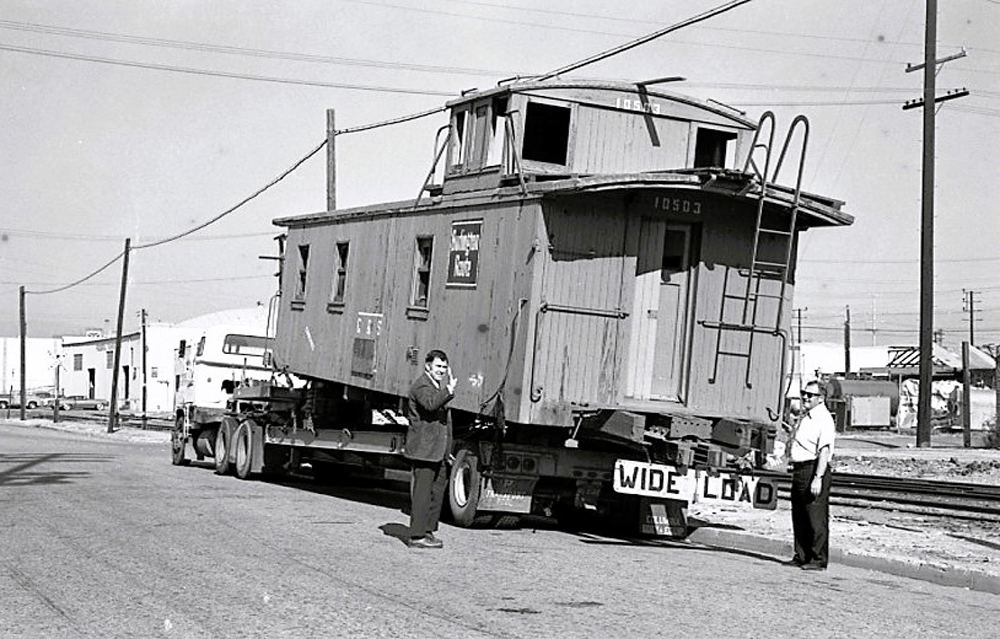
Locomotives are trucked, as well
When Sierra Northern Railway picked up the operating lease from the Ventura County Transportation Commission in California to operate its right-of-way from Ventura to Fillmore in 2021, a number of pieces of equipment owned by former lessor Fillmore & Western pieces of equipment were sent elsewhere.
Among them was Alco S6 1059, which was loaded onto a low-boy truck for its new home at the Virginia & Truckee Railroad in Virginia City, Nev. The locomotive, which started life as Southern Pacific No. 1059, was numbered 1229 in that road’s 1965 renumbering before being sold to F&W.
Like the C&S caboose, the unit was detrucked to keep it within highway height clearances. The trucks were loaded separately on another vehicle.
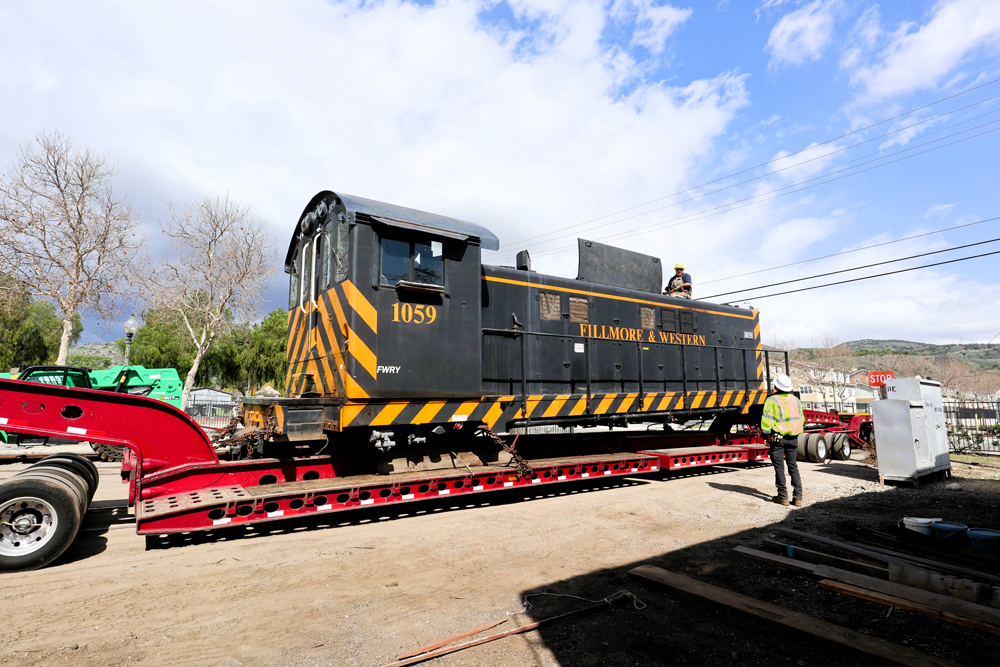
All the same, all different
Looking at such odd loads, you begin to realize that each piece of equipment requires a lot of advanced planning before being hoisted on to a truck bed.
When Chehalis & Western Railroad Alco C415 684 was retired from a career of hauling log trains, owner Weyerhaeuser donated it to the Washington city of Fife in 2009 to be put on display at the Fife History Museum in Dacca Park.
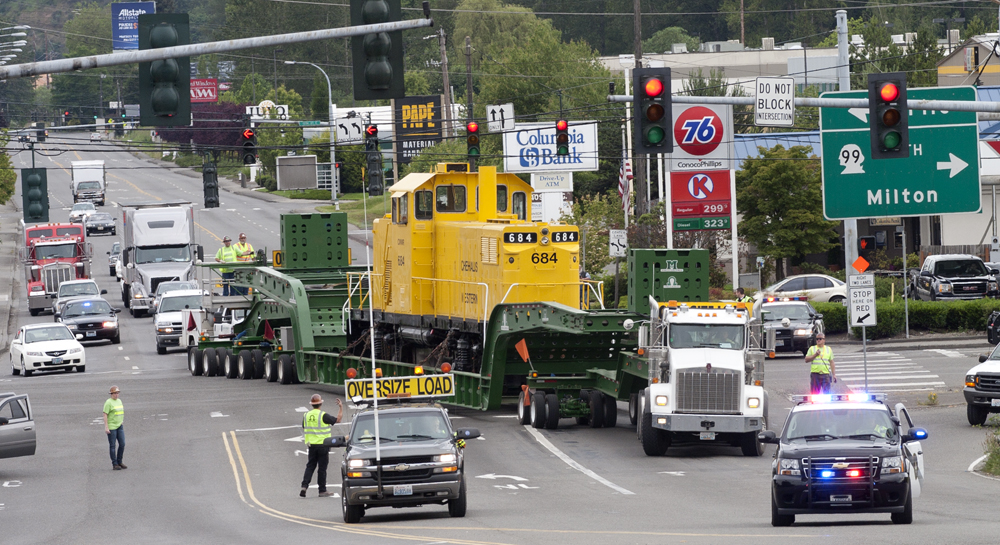
On the other side of the country, in Kentucky, a different truck transport configuration was used to move Louisville & Nashville Railroad 109, a coach built in the 1890s for the Glasgow Railway, that was said to be converted to a segregated “Jim Crow” era car. After its restoration in the 2010s, it was put on display at the Historic RailPark & Train Museum in Bowling Green.
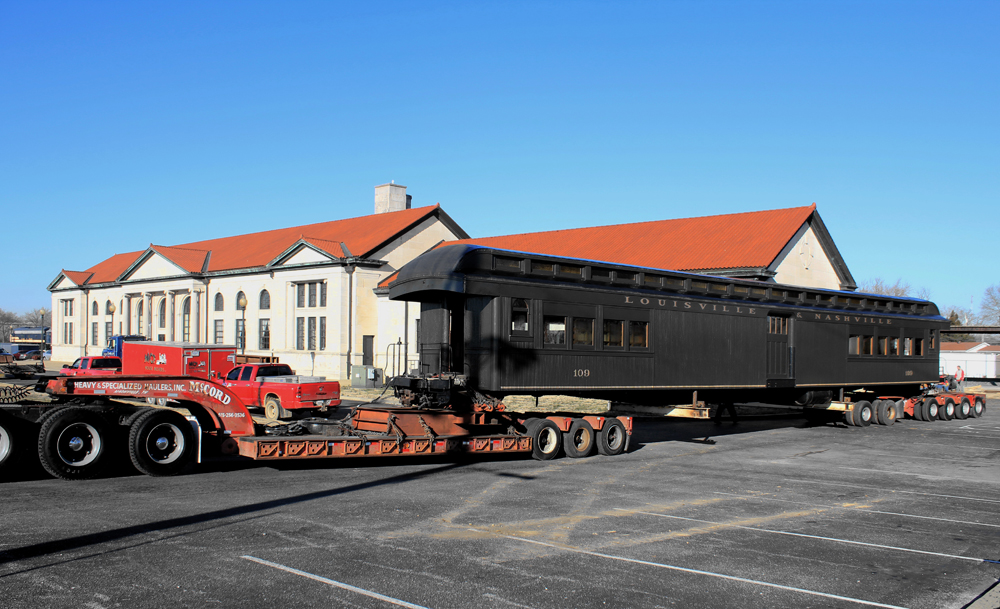
And if you are wondering if this phenomenon exists only in the U.S., look no further than Brazil where Ferrovia Transnordestina Logistica moved a six-axle EMD SD unit via truck when a secure direct rail connection was not available.
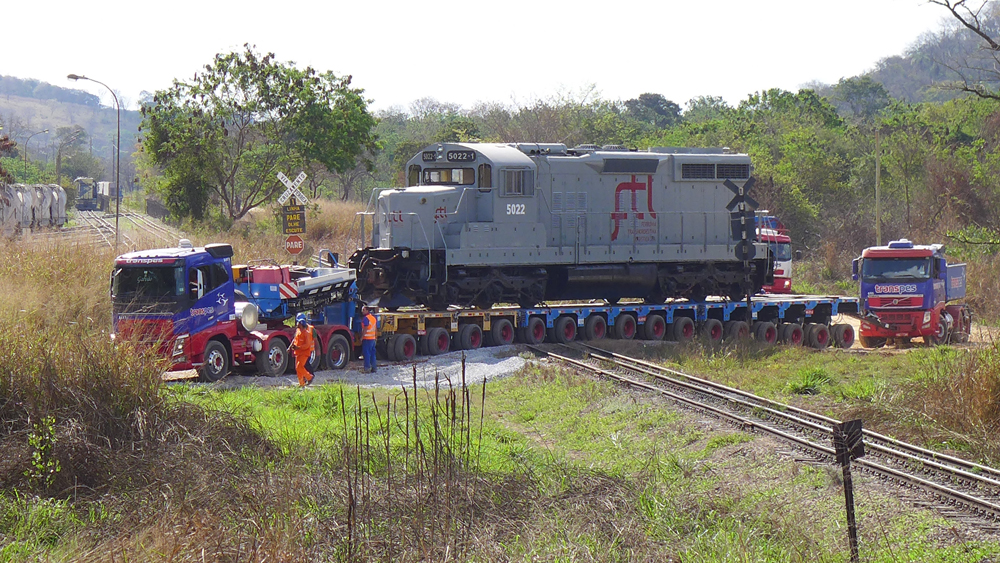






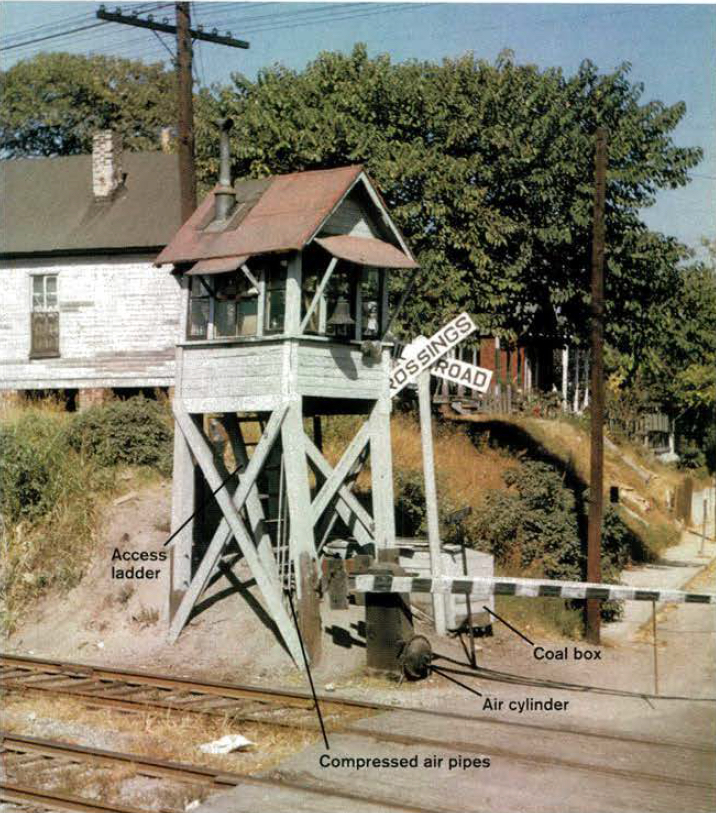
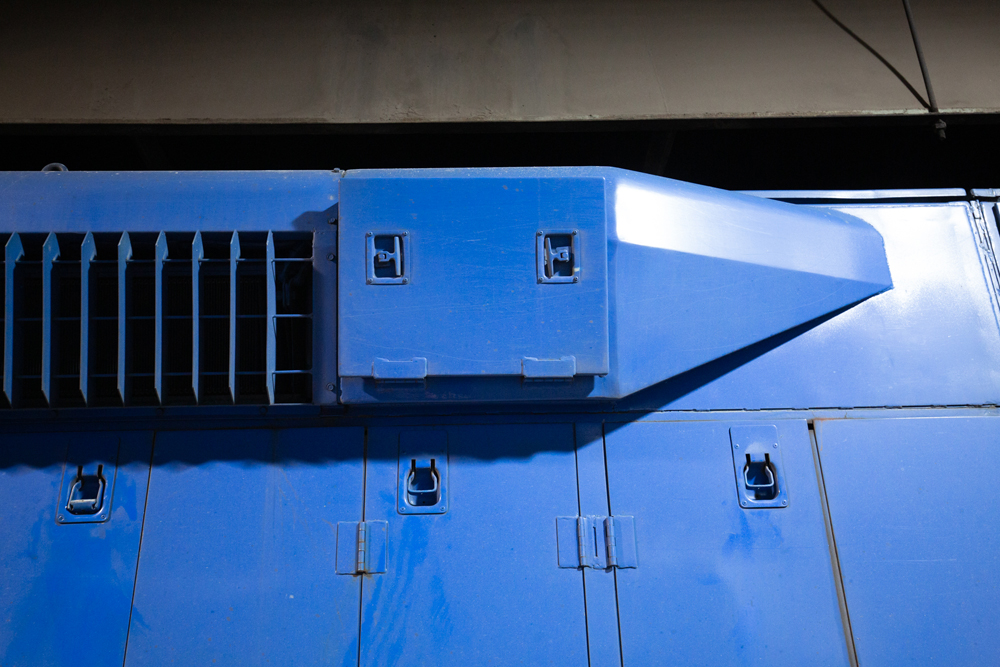
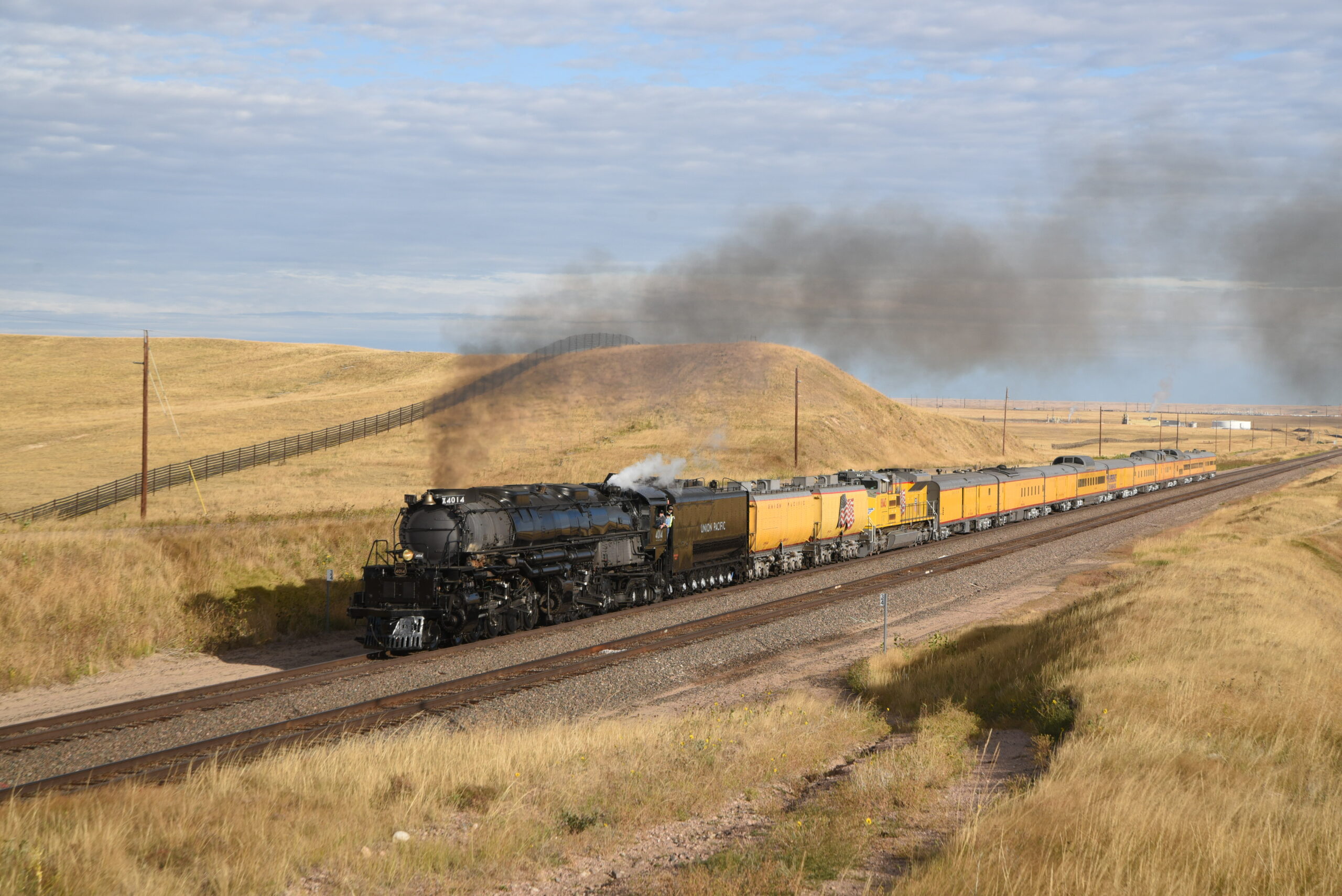
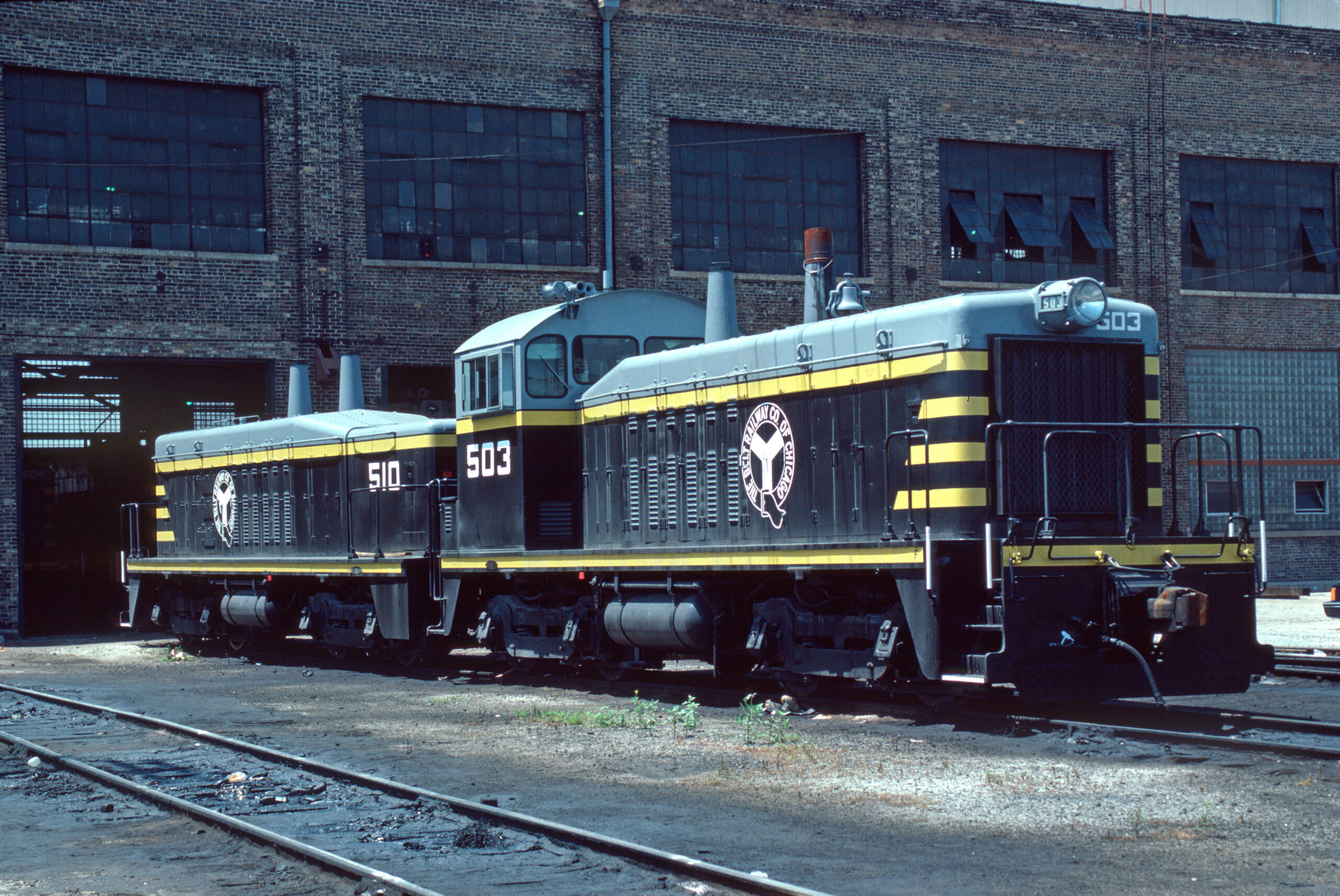




Hi Joseph!
The railroad equipment you mention is owned by Sierra Northern Railway and is good mechanical shape. Dirty? Yes, but all operable. They are primarily used by the entertainment industry for TV shows, movies, commercials, and music videos. They have a website – http://www.movierailroad.com
The genset you refer to is one of two on the line. Both are operable and are used to switch freight customers once or twice a week. The SN connects to the outside world with the Union Pacific.
There is also a local historical society in Fillmore that has locomotives, cars, and an operable turntable. It’s a little cramped but definitely worth visiting.
You forgot to mention that most of these moves require removal of anything underneath such as air reservoirs, also caboose steps etc. Couplers are also frequently removed to reduce length on flatbed.
Fillmore, California is mentioned in this article as well as the former Fillmore &Western Railroad and I wanted to say that Fillmore is a true railroad town and is proud of their railroad history and heritage . they have a display of old railroad equipment including locomotives, freight and passenger cars and some other equipment Most of the equipment is in various stages of disrepair or preserved but at least saved and awaiting restoration as time and funds become available including a former UP Genset locomotive that still operates from time to time. The Main Street of Fillmore has little shops and stores that are filled with railroad souvenirs and keepsakes for sale and at very affordable prices. And these little shops are Mom and Pop stores which brings back the good old days of small town America Fillmore is basically a farming community but with a small town feel and flavor and defintely a railroad town or formerly was and rich in railroad history and traditions and plenty of preserved artifacts and equipment. I have family who live in Fillmore and I always like to visit both them and the town with all its railroad heritage and display Named for JA Fillmore a district superintent for the Southern Pacifoc who established the town in 1887 and defintely a must see stop and visit for both rail fans and historians alike as well as collectors or railroad artifacts, curios and collectibles to shop in the quaint and unique little shops along Central Avenue in Fillmore. Joseph C Markfelder